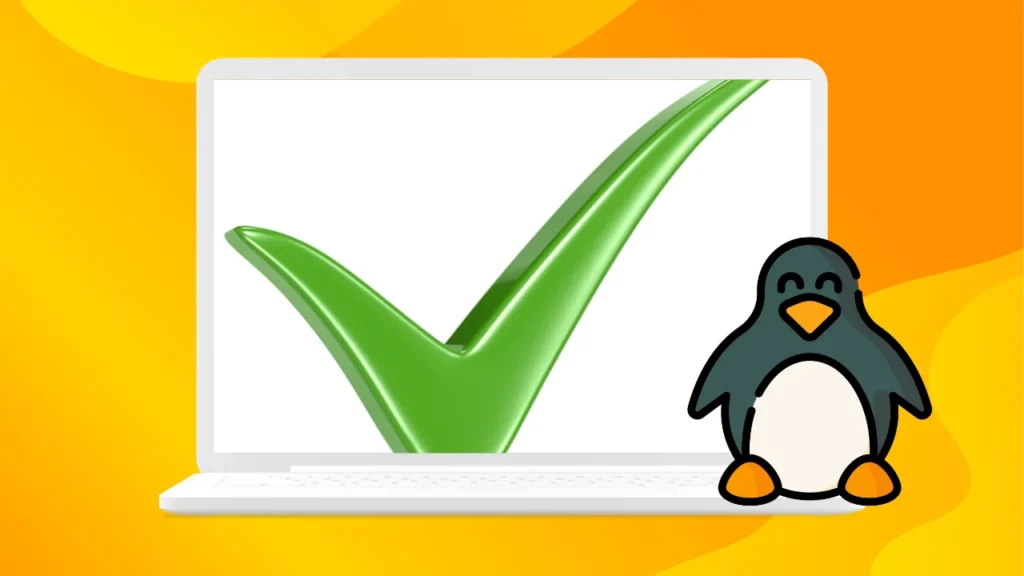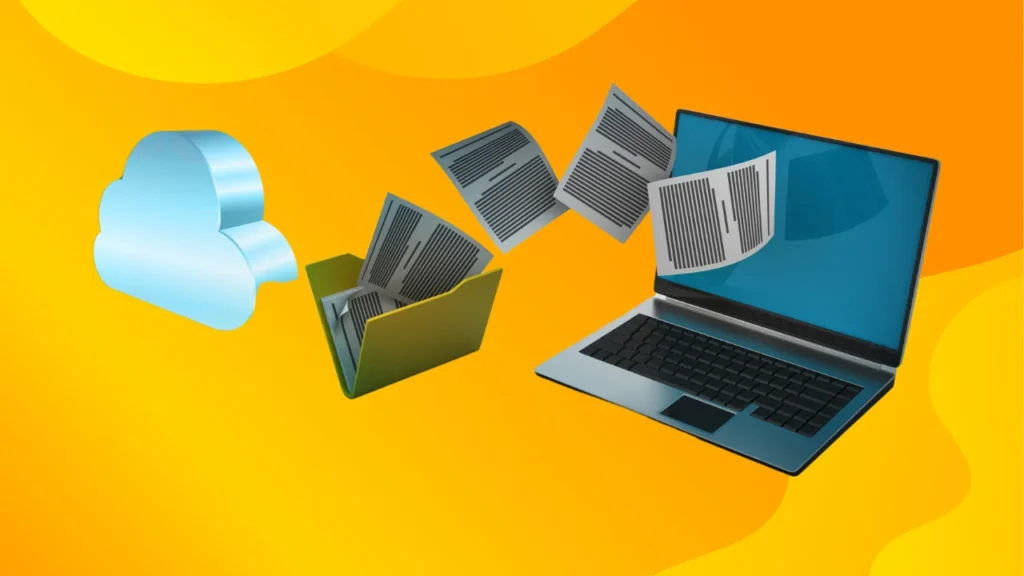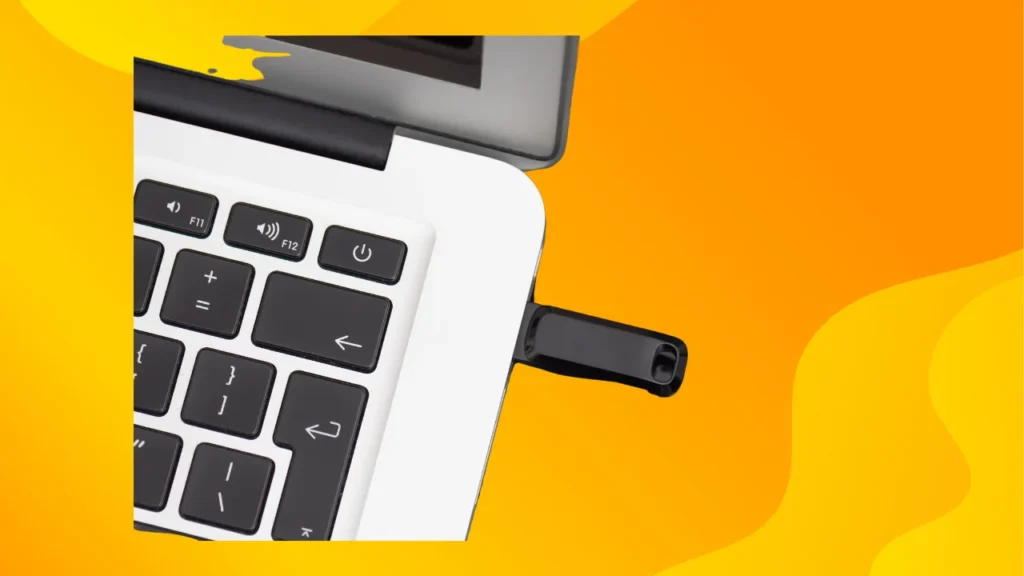Chromebooks have become increasingly popular for their simplicity, speed, and security. Running on Chrome OS, they are designed to offer a streamlined experience primarily focused on web-based tasks.
However, for those who need more flexibility and want to run full desktop applications, Linux offers an excellent alternative.
Install Linux on Chromebook allows you to break free from the limitations of Chrome OS, enabling you to use powerful desktop software, customize your environment, and even develop software.
Whether you’re a student, developer, or power user, adding Linux to your Chromebook can significantly enhance its capabilities.

Table of Contents
Why Install Linux on Chromebook?
There are several compelling reasons to install Linux on your Chromebook:
- Enhanced Flexibility: Linux provides access to a wide range of applications that are not available on Chrome OS.
- Customization: Linux allows you to customize your desktop environment extensively.
- Development: Linux is ideal for programming and development, offering robust tools and environments.
- Performance: Linux can often run more efficiently than Chrome OS, especially on older hardware.
After using Linux on my Chromebook, I found that it opened up new possibilities that I hadn’t previously considered. I could install desktop applications, customize my environment, and even run development tools—all from the same device.
Brief Introduction to the Process
Installing Linux on a Chromebook might sound intimidating, but it’s a manageable process, even for beginners.
There are several methods available, including using Crostini, Crouton, or a USB drive. Each method has its pros and cons, and the right choice will depend on your needs and experience level.
In this guide, I’ll walk you through each method, providing step-by-step instructions, tips from personal experience, and answers to common questions.
Whether you want to install Linux for development, productivity, or just for fun, this guide will help you get started.
Prerequisites
Before you begin the installation process, there are a few prerequisites to take care of:
Check Chromebook Compatibility
Not all Chromebooks are compatible with Linux, so it’s essential to check if your device supports it. Most modern Chromebooks do, especially those released after 2019.

You can usually find this information by searching for your Chromebook model along with “Linux compatibility.”
Backing Up Your Data
Installing Linux involves enabling Developer Mode or modifying your system, which can wipe your device. Therefore, it’s crucial to back up all important files.

You can use Google Drive, an external hard drive, or a USB stick for backups. I’ve learned the hard way that skipping this step can lead to significant data loss, so take your time and ensure everything important is safely stored.
Enabling Developer Mode
To install Linux on your Chromebook, you will need to enable Developer Mode. This process will wipe your device, so be sure to back up your data first.

- Turn Off Your Chromebook: Completely shut down your device.
- Enter Recovery Mode: Press and hold the Esc + Refresh keys, then press the Power button.
- Enable Developer Mode: At the recovery screen, press Ctrl + D. Follow the on-screen prompts to disable OS verification. Enabling Developer Mode will take a few minutes and reset your Chromebook.
It’s a crucial step, as it allows you to install and run non-Google-approved software, such as Linux.
Choosing the Right Linux Distribution
Choosing the right Linux distribution (distro) is essential for a smooth experience on your Chromebook. Here’s what to consider:
Popular Linux Distributions for Chromebooks
- Ubuntu: One of the most popular distros, Ubuntu is user-friendly and has a large community.
- Debian: Known for its stability and vast software repository, Debian is ideal for those who prioritize reliability.
- Fedora: A cutting-edge distro that is great for developers and tech enthusiasts.
- Arch Linux: For advanced users who want complete control over their system.
Factors to Consider When Choosing a Distro
- Ease of Use: If you’re new to Linux, choose a distro that is beginner-friendly, like Ubuntu.
- System Resources: Consider how much RAM and CPU power your Chromebook has. Lightweight distros like Xubuntu or Lubuntu are better for older devices.
- Software Availability: Ensure the distro supports the applications you need.
In my experience, Ubuntu provides a great balance between ease of use and functionality, making it an excellent choice for most Chromebook users.
Installing Linux Using Crostini
What is Crostini?
Crostini is a feature built into Chrome OS that allows you to run Linux applications in a secure, sandboxed environment. It’s the easiest and safest way to install Linux on a Chromebook, especially for beginners.
Step-by-Step Guide to Setting Up Linux via Crostini
- Enable Linux (Beta): Go to Settings > Advanced > Developers > Turn on next to the Linux (Beta) option.
- Set Up Linux: Follow the on-screen instructions to install the Linux environment. This might take a few minutes.
- Install Applications: Open the Linux terminal from the Chrome OS app drawer and start installing applications using commands like:
sudo apt-get updatesudo apt-get install gimpCrostini provides a seamless Linux experience without needing to enable Developer Mode or risk voiding your warranty.
After using Crostini, I found it to be the most user-friendly method for casual Linux use on a Chromebook.
Installing Linux Using Crouton
Introduction to Crouton
Crouton is a set of scripts that allows you to run Linux alongside Chrome OS. Unlike Crostini, Crouton provides a full desktop Linux environment, making it more suitable for users who need access to the entire Linux ecosystem.
Step-by-Step Guide to Installing Linux with Crouton
Step 1: Download Crouton: Open the Chrome browser, press Ctrl + Alt + T to open the terminal, then type shell and hit Enter.
Step 2: Install Linux: Enter the following command to download and install Crouton:
javascript
sudo sh ~/Downloads/crouton -t xfceReplace xfce with your preferred desktop environment if needed.
Step 3: Follow the Prompts: The installation may take up to 30 minutes.
Step 4: Switch Between Chrome OS and Linux: Use Ctrl + Alt + Shift + Back Arrow to switch back to Chrome OS, and Ctrl + Alt + Shift + Forward Arrow to return to Linux.
After using Crouton, I appreciated the full Linux desktop environment it provided. However, it does require enabling Developer Mode, which might not be ideal for everyone.
Installing Linux Using a USB Drive
Why Use a USB Drive?
Installing Linux from a USB drive is a good option if you want to run Linux independently from Chrome OS.

This method allows you to boot Linux directly from the USB drive without modifying your Chromebook’s internal storage.
Preparing Your USB Drive
- Download a Linux ISO: Choose a distro and download its ISO file from the official website.
- Create a Bootable USB Drive: Use tools like Etcher or Rufus on another computer to create a bootable USB drive.
Installing Linux from a USB Drive
- Enable Developer Mode: This step is necessary to boot from a USB drive.
- Access the Boot Menu: Restart your Chromebook and press Ctrl + L to enter the boot menu.
- Install Linux: Select your USB drive and follow the installation prompts.
Using a USB drive for Linux provides flexibility, especially if you want to dual-boot or keep Chrome OS intact. I found this method particularly useful when I needed a portable Linux environment.
Dual Booting Linux and Chrome OS
What is Dual Booting?
Dual booting allows you to install Linux alongside Chrome OS, giving you the option to choose which operating system to boot into when you start your Chromebook.
Steps to Dual Boot Linux and Chrome OS
- Enable Developer Mode: As described earlier, enabling Developer Mode is required.
- Install Crouton or GalliumOS: Crouton allows you to switch between the two OSes, while GalliumOS is a popular lightweight Linux distro optimized for Chromebooks.
- Set Up Dual Booting: Follow specific guides for setting up dual boot, as it can vary depending on the Linux distro and Chromebook model.
Dual booting gives you the best of both worlds. I’ve dual-booted Linux on my Chromebook and found it incredibly useful for switching between a lightweight Chrome OS experience and a more powerful Linux environment when needed.
Setting Up Linux After Installation
Configuring Linux Settings
Once Linux is installed, you’ll want to configure it to suit your needs:
- Set Up User Accounts: Create accounts and set permissions.
- Adjust Display Settings: Configure screen resolution and multiple monitors if needed.
- Manage Updates: Use the terminal to keep your system updated with commands like:
sudo apt-get updatesudo apt-get upgradeInstalling Essential Software
- Office Suite: Install LibreOffice for document editing.
- Development Tools: Set up tools like VS Code, Git, and programming languages.
- Media Players: Install VLC for video playback.
Customizing Your Linux Desktop Environment
- Themes and Icons: Customize the look of your Linux desktop with different themes and icon packs.
- Dock and Panels: Modify the panel layout and add a dock for better productivity.
Troubleshooting Common Issues
Even with a smooth installation, you might run into some issues:
Boot Issues
If Linux fails to boot, check the BIOS/UEFI settings and ensure that Developer Mode is enabled. You can also try reinstalling the Linux distro if the problem persists.
Hardware Compatibility Problems
Some hardware components, like touchscreens or Wi-Fi cards, might not work out-of-the-box. Check online forums or the Linux distro’s support page for drivers or workarounds.
Fixing Wi-Fi and Other Connectivity Issues
If Wi-Fi isn’t working, try using an Ethernet connection or a USB Wi-Fi adapter. Updating the Linux kernel might also solve the issue.
Securing Your Chromebook
After installing Linux, you should take steps to secure your device:
Security Considerations After Installing Linux
With Developer Mode enabled, your Chromebook is more vulnerable. Be cautious about the software you install and avoid suspicious websites.
Setting Up a Firewall
Install and configure a firewall using ufw (Uncomplicated Firewall) to protect your system:
sudo apt-get install ufwsudo ufw enableUsing Encryption for Sensitive Data
Encrypt your home folder or use tools like VeraCrypt to protect sensitive files.
Restoring Chrome OS
If you decide Linux isn’t for you, or something goes wrong, you can restore Chrome OS:
How to Revert Back to Chrome OS
Turn Off Developer Mode: Enter Recovery Mode and follow the on-screen instructions.
Restore from Backup: If you backed up your data earlier, now is the time to restore it.
Recovering from Errors During Installation
If the installation fails or your Chromebook becomes unresponsive, a power wash (factory reset) might be necessary. This will restore Chrome OS to its original state.
Optimizing Linux Performance on Chromebook
Tips for Improving Performance
Disable Unnecessary Services: Reduce startup time by disabling services you don’t need.
Use a Lightweight Desktop Environment: Choose environments like Xfce or LXQt to improve performance on older devices.
Managing System Resources
Use tools like htop to monitor and manage system resources, ensuring that your Chromebook runs smoothly even with Linux installed.
Exploring Advanced Linux Features
Using Command-Line Tools
Familiarize yourself with basic Linux commands and scripts to automate tasks. Commands like grep, find, and awk can be powerful for managing files and processes.
Automating Tasks with Scripts
Write bash scripts to automate repetitive tasks like backups, updates, or system monitoring.
Exploring Linux Apps and Software
Linux has a vast repository of free and open-source software. Explore applications like Inkscape for vector graphics, GIMP for image editing, or Audacity for audio editing.
Using Linux for Development on Chromebook
Setting Up a Development Environment
Install IDEs: Set up VS Code, PyCharm, or Eclipse for coding.
Version Control: Use Git to manage your code repositories.
Using Linux for Coding and Development
Linux is a developer’s paradise, offering tools and environments for almost every programming language. Whether you’re coding in Python, Java, or C++, Linux has you covered.
Integrating with Cloud Services
Easily connect your development environment with cloud services like AWS, Google Cloud, or Azure using Linux tools and SDKs.
FAQs
Yes, you can switch back to Chrome OS after installing Linux. If you’re using Crostini or Crouton, you can easily switch between Linux and Chrome OS without rebooting. If you’ve installed Linux using a USB drive or through dual booting, you can choose which OS to boot into when you start your Chromebook.
Enabling Developer Mode to install Linux can potentially void your Chromebook’s warranty, depending on the manufacturer’s policy. It’s a good idea to check with the manufacturer or consult the warranty terms before proceeding with the installation.
To uninstall Linux and return your Chromebook to its original state, you can disable Developer Mode. This will factory reset your Chromebook and remove Linux along with any other changes made while in Developer Mode. If you used Crostini, you can simply delete the Linux container from the settings menu.
Final Thoughts
In my journey of installing Linux on a Chromebook, I discovered that it’s not just about adding new software—it’s about opening up new possibilities.
Whether you’re a beginner or a seasoned developer, Linux can unlock the full potential of your Chromebook.
So, why not take the plunge and start exploring what Linux can do for you?
